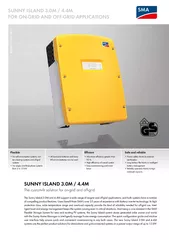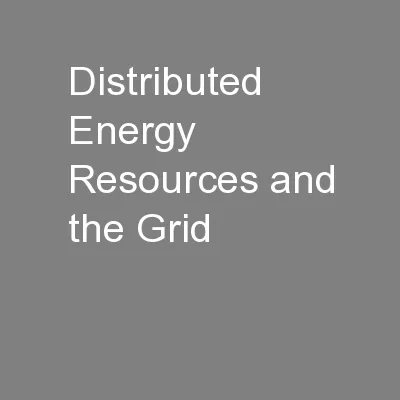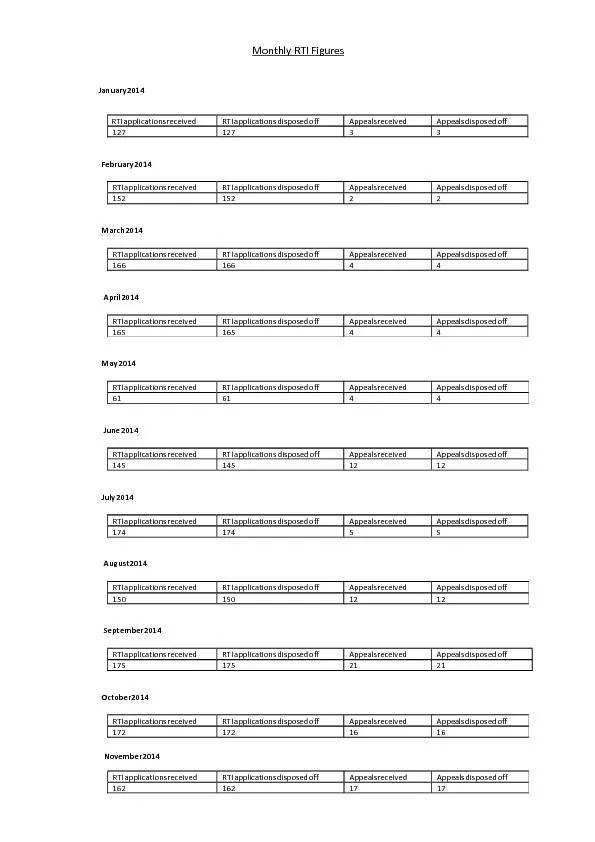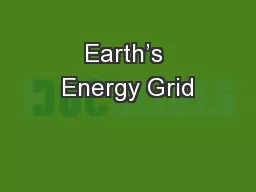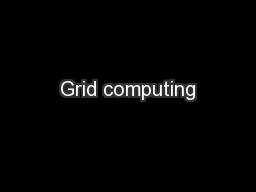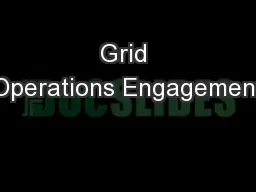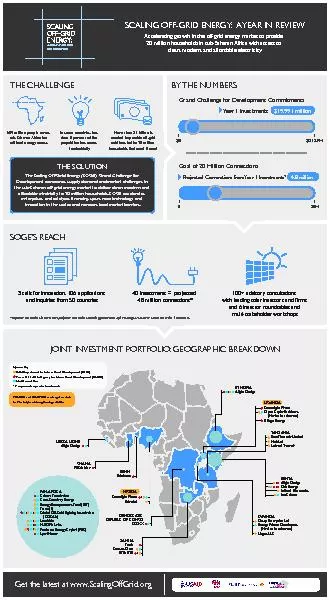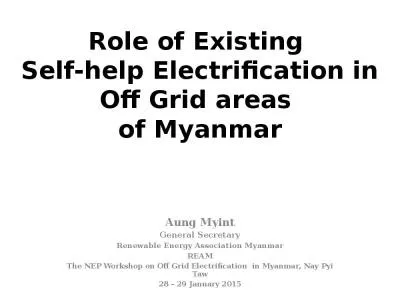PPT-Off the Grid:
Author : luanne-stotts | Published Date : 2016-05-08
Electricity at the Maine Huts and Trails Flagstaff Lake Hut Fred Bower and Danqing Zhang Joules to Dollars Advisors Prof King Chemistry and Prof Donihue Economics
Presentation Embed Code
Download Presentation
Download Presentation The PPT/PDF document "Off the Grid:" is the property of its rightful owner. Permission is granted to download and print the materials on this website for personal, non-commercial use only, and to display it on your personal computer provided you do not modify the materials and that you retain all copyright notices contained in the materials. By downloading content from our website, you accept the terms of this agreement.
Off the Grid:: Transcript
Download Rules Of Document
"Off the Grid:"The content belongs to its owner. You may download and print it for personal use, without modification, and keep all copyright notices. By downloading, you agree to these terms.
Related Documents



